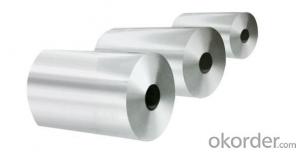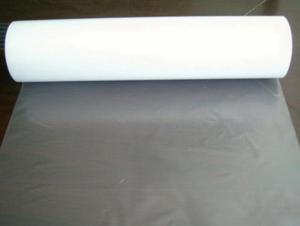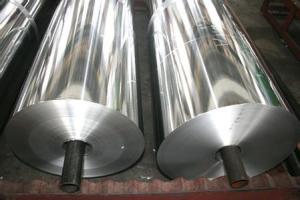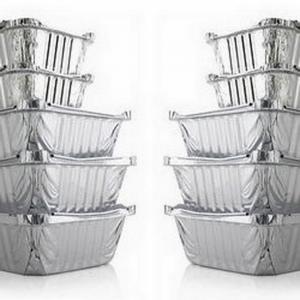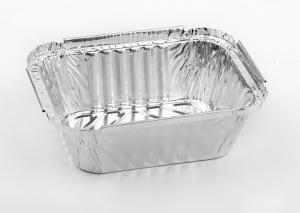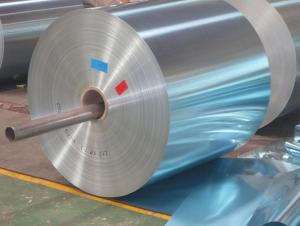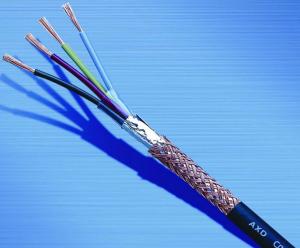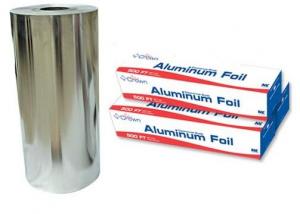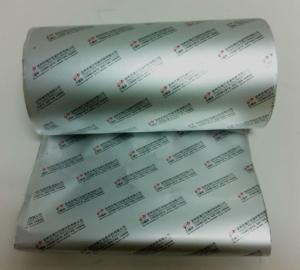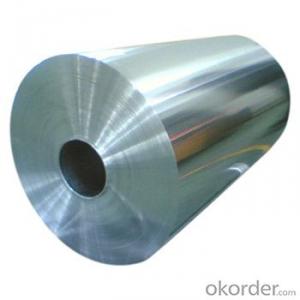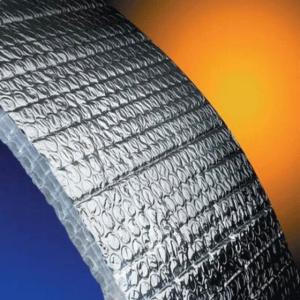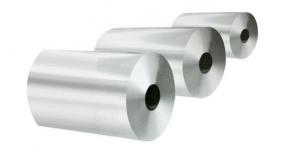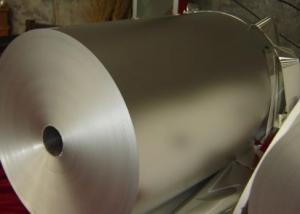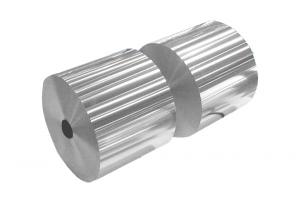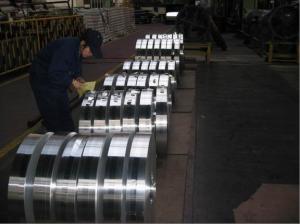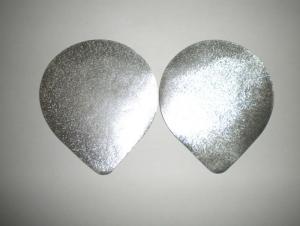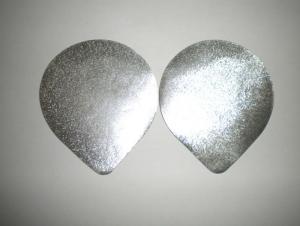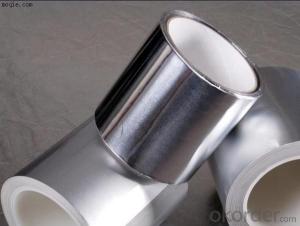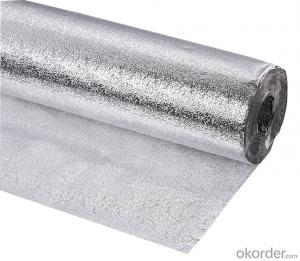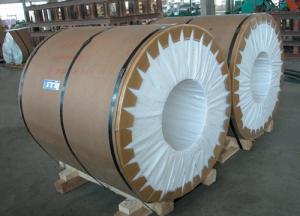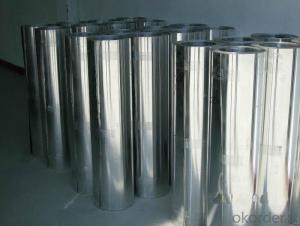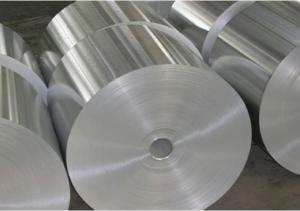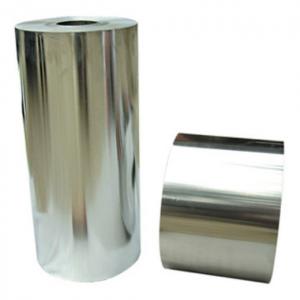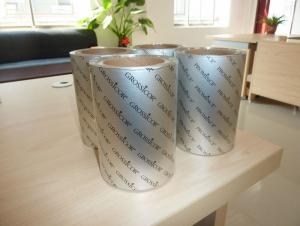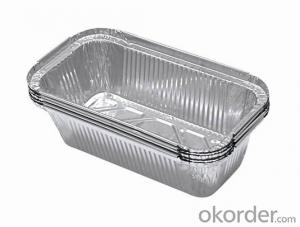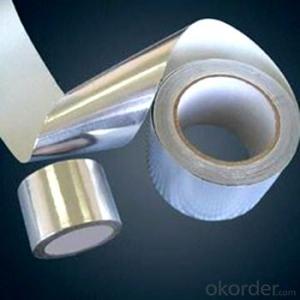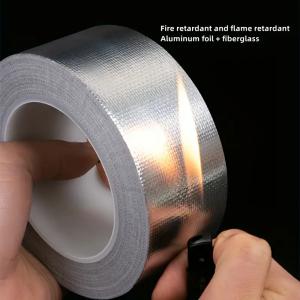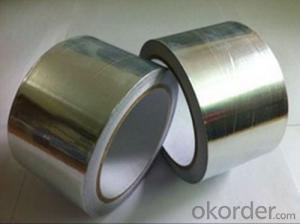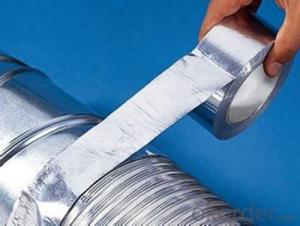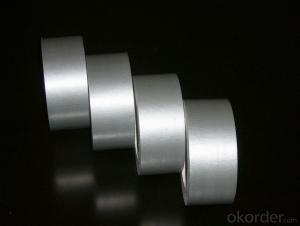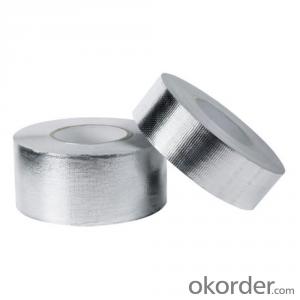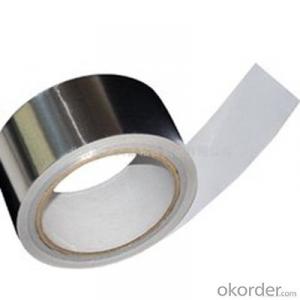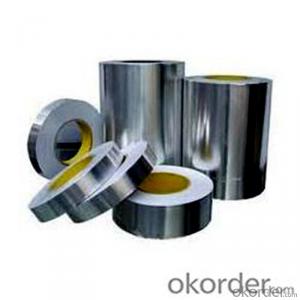Rust Aluminum Foil
Rust Aluminum Foil Related Searches
Aluminum Foil To Remove Rust Wet Aluminum Foil Rust Radiation Aluminum Foil Foil Aluminum Roll Aluminum Foil Rigid Aluminum Foil Royal Aluminum Foil Steam Aluminum Foil Cast Iron Aluminum Foil Rite Aid Aluminum Foil Round Aluminum Foil Radiator Aluminum Foil Heat Resistant Aluminum Foil Aluminum Reflective Foil Reinforced Aluminum Foil Reusable Aluminum Foil Smoke Aluminum Foil Al Aluminum Foil Vacuum Aluminum Foil Roof Aluminum Foil Aluminum Paper Foil Smoking Aluminum Foil Art Aluminum Foil Aluminum Foil Coated Sticky Aluminum Foil Bulk Aluminum Foil Red Aluminum Foil Aluminum Foil Foam High Quality Aluminum Foil Polished Aluminum FoilRust Aluminum Foil Supplier & Manufacturer from China
Rust Aluminum Foil is a versatile product that offers a range of benefits, making it a popular choice for various applications. Known for its excellent barrier properties, it is widely used in food packaging, pharmaceuticals, and other industries where preserving freshness and preventing contamination is crucial. The product's durability and resistance to corrosion make it an ideal choice for a multitude of uses, from everyday household tasks to more specialized industrial applications.Rust Aluminum Foil is utilized in a variety of scenarios, such as food storage, where it helps to keep food fresh and protected from external elements. It is also commonly used in cooking, as it can be easily molded around food items to create a sealed environment for baking or steaming. In addition, it finds use in pharmaceutical applications, where it is essential to maintain the integrity and purity of medications. The product's versatility allows it to be used in a wide array of settings, from home kitchens to large-scale food processing facilities.
As a wholesale supplier, Okorder.com boasts a large inventory of Rust Aluminum Foil, ensuring that customers have access to the product in the quantities they require. This makes Okorder.com a reliable source for businesses and individuals seeking to purchase Rust Aluminum Foil for their specific needs. With a commitment to providing high-quality products and excellent customer service, Okorder.com stands out as a trusted supplier of Rust Aluminum Foil and other essential items.
Hot Products
